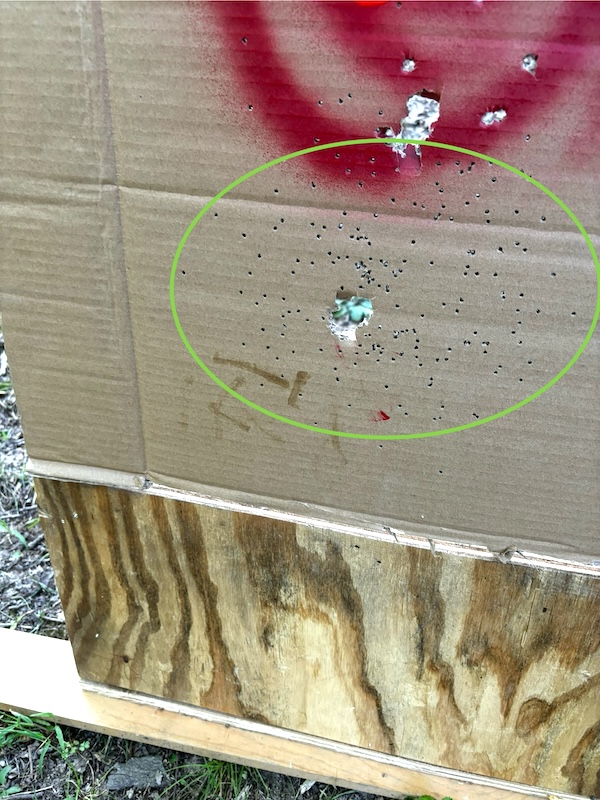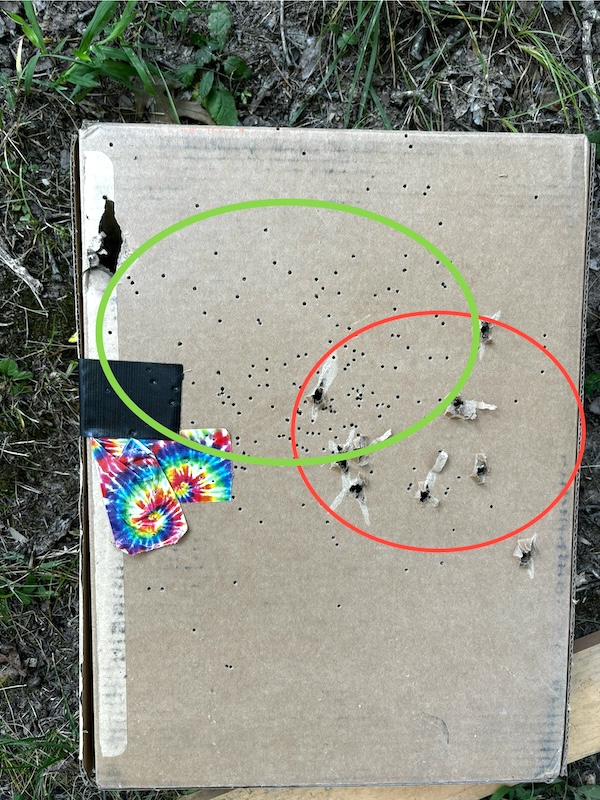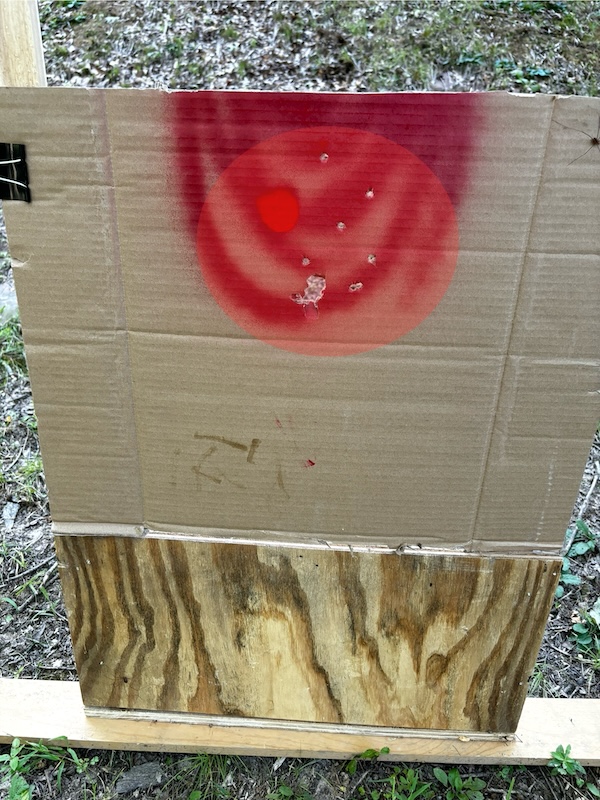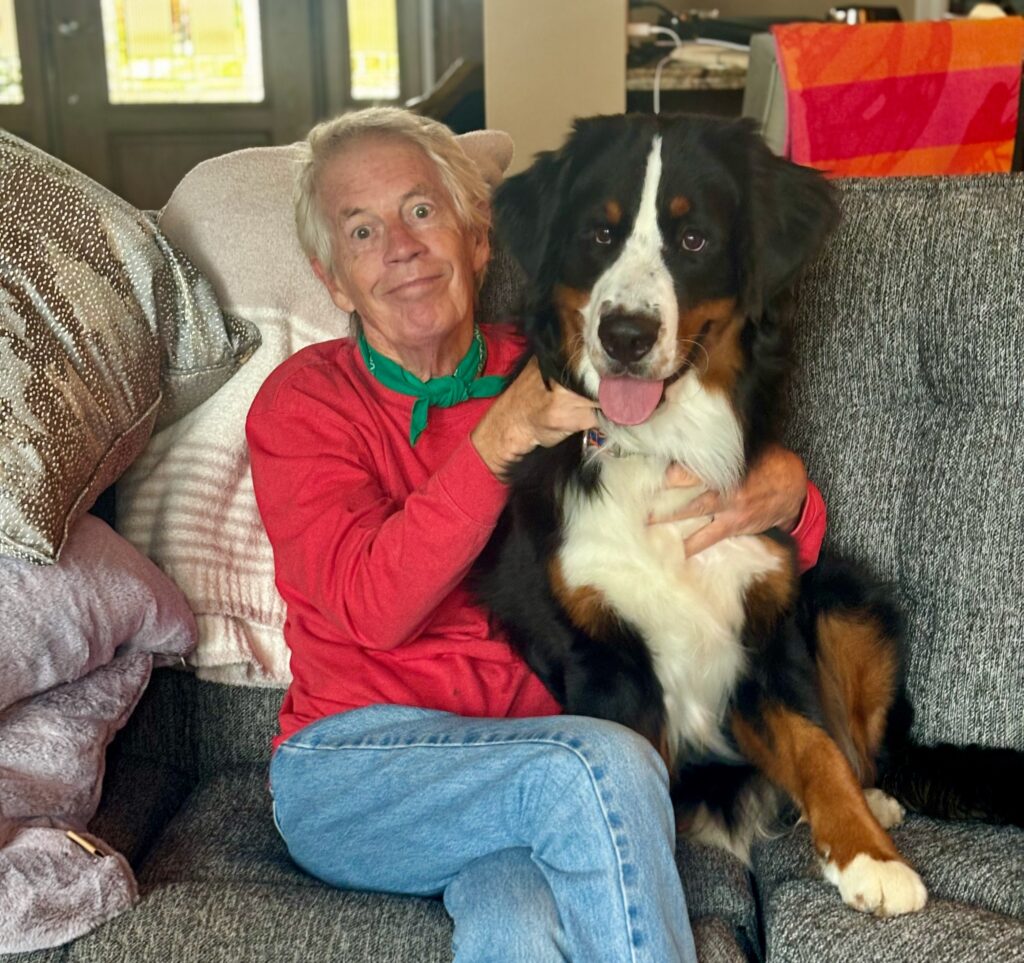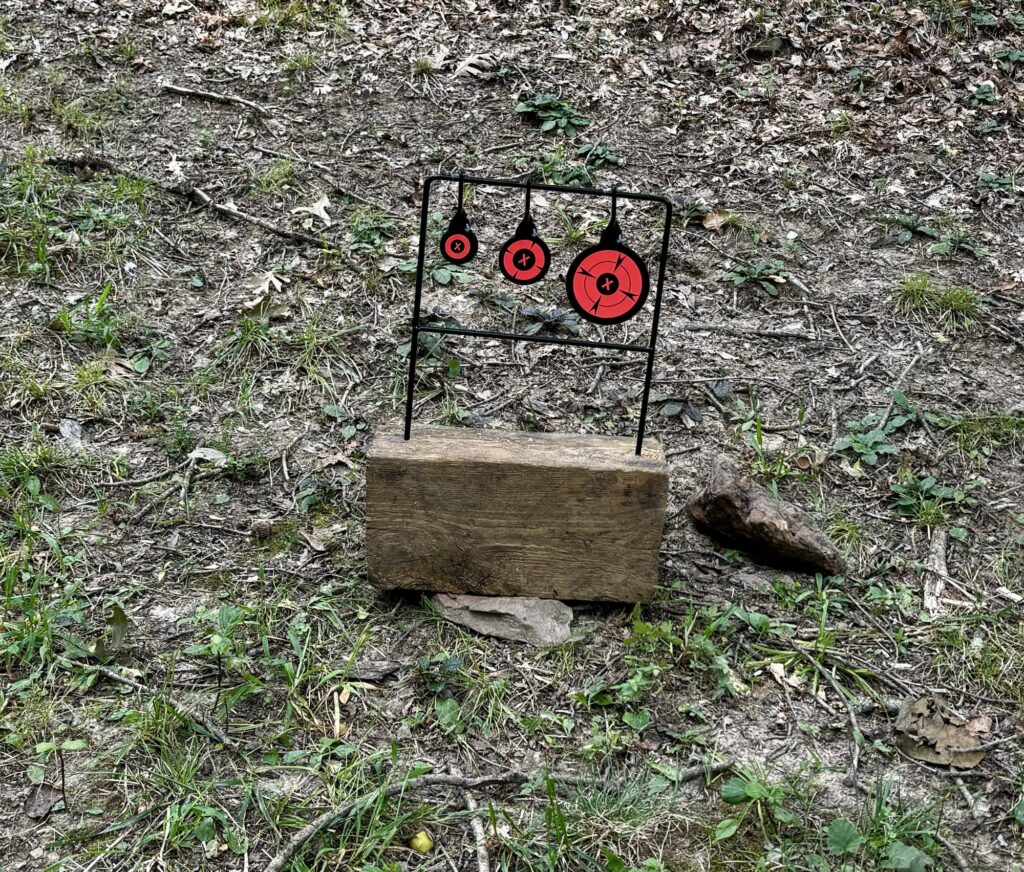Markos Moulitsas at Daily Kos
The Beltway press is angry that Vice President Kamala Harris hasn’t sat down with them to talk about things like policy. In their warped, archaic minds, they are important to the political process as a way to inform readers about the candidates. That was a thing before social media and the internet, for sure. But today? The Beltway media is broken beyond repair, and we’re all doing fine learning about Harris on our own, thank you very much.
A presidential candidate’s job is to win. That’s it! So pray tell, how does talking to The New York Times or any other national media outlet help that cause? Either journalists will ask ridiculous, shallow questions and waste everyone’s time, or they’ll fish for a gotcha quote they can use to generate “controversy” and clicks.
Jeff Jarvis at BuzzMachine
Look at the press’ behavior. When given a chance to ask questions, they sound like they’re in a lockerroom, seeking quotes, not policy. This does nothing to inform the electorate. I know the argument about testing a candidate. But the press as currently configured aims for game & gotcha.
The press needs Kamala Harris. Kamala Harris doesn’t need the press. Their motive in whining for what they take as their birthright (hello, A.G.) is to salve their editorial egos and earn them attention (and money). They have not earned this role; they have forfeited the privilege by their behavior.
Time For A Break: Democrats Don’t Need The Media (Bypass the Gatekeepers to Speak To The People). By Oliver Willis
The press collectively believes at all times that it must constantly be fed. Like an infant or toddler who doesn’t get their food at precisely the moment their bellies start rumbling, the press throws up these occasional tantrums. On the other side of the aisle, they are willing to put up with the abuse of the infantile Donald Trump because he gives them precisely the empty calories they want: Nonsensical outrage that attracts clicks and eyeballs and attention and leads to ad revenue and book deals and the like.
Harris and her campaign have been able to masterfully frame the election as a battle between normal progressive ideas and the weird conservativism of the right, not via sit-downs with stuffy news anchors and reporters working on their next book deals, but by constantly pumping out content via their existing press infrastructure and social media.
A Harris social media post can reach every single one of the people who are going to cast a ballot […] If she speaks directly to camera and hits “post,” she no longer has to worry about whether the editors hiding behind their monitors have deemed it “newsworthy.” That is now for the potential audience to decide, not them.
